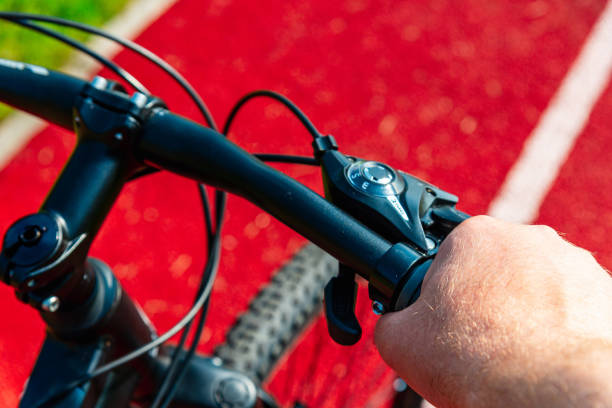Cycling is more than just a hobby; it’s a lifestyle. Whether you’re a seasoned cyclist or a weekend warrior, choosing the right pedals for bike can make a significant difference in your riding experience. Among the various types of pedals, clipless bike pedals stand out for their ability to enhance performance, efficiency, and comfort. This guide delves into everything you need to know about clipless pedals and why they might be the perfect upgrade for your cycling journey.
Understanding Clipless Bike Pedals
What Are Clipless Bike Pedals?
Despite their name, clipless bike pedals actually involve clipping your shoes into the pedals. The term “clipless” originates from the older pedal-and-cage system known as “toe clips.” Modern clipless systems eliminate the need for toe clips by using a cleat mechanism that attaches to the sole of a compatible cycling shoe. This setup provides a secure connection between the cyclist and the bike, allowing for more efficient power transfer and greater control.
How Do Clipless Pedals Work?
Clipless bike pedals use a spring-loaded mechanism to engage with cleats mounted on the cyclist’s shoes. When you step on the pedal, the cleat clicks into place, securing your foot. To disengage, you simply twist your heel outward, releasing the cleat from the pedal. This mechanism provides a firm yet easily releasable connection, giving riders confidence and stability.
Benefits of Clipless Bike Pedals
Enhanced Pedaling Efficiency
One of the primary advantages of clipless bike pedals is their ability to improve pedaling efficiency. By securing your foot to the pedal, clipless systems enable you to pull up on the pedal during the upstroke, in addition to pushing down during the downstroke. This results in a more powerful and even distribution of force throughout the entire pedal stroke, which can significantly boost your overall speed and endurance.
Improved Control and Stability
When your feet are securely attached to the pedals, you have better control over your bike, especially during high-intensity rides or technical maneuvers. Clipless bike pedals help maintain a consistent foot position, reducing the risk of your feet slipping off the pedals during rough terrain or sudden movements. This added stability is particularly beneficial for mountain bikers and road cyclists tackling challenging routes.
Reduced Foot and Lower Limb Fatigue
Because clipless bike pedals ensure a consistent and ergonomic foot position, they help distribute pressure more evenly across your feet. This can reduce hotspots and discomfort, which are common issues with traditional flat pedals. Additionally, the even distribution of force can lessen strain on your lower limbs, potentially decreasing fatigue and the likelihood of overuse injuries.
Choosing the Right Clipless Pedals for Your Bike
Types of Clipless Pedals
There are several types of clipless bike pedals to choose from, each designed to cater to different cycling disciplines:
- Road Bike Pedals: These pedals are typically lightweight and have a larger platform to support the foot, providing excellent power transfer for road cycling. They often use a three-bolt cleat system.
- Mountain Bike Pedals: Designed for off-road conditions, these pedals are more robust and often have a smaller, two-bolt cleat system. They are easier to clip in and out of, which is crucial for navigating technical trails.
- Hybrid Pedals: These pedals combine features from both road and mountain bike pedals, making them versatile options for commuters and casual riders.
Considerations for Selecting Clipless Pedals
When choosing clipless bike pedals, consider the following factors:
- Compatibility: Ensure that the pedals are compatible with your cycling shoes and the type of cycling you plan to do.
- Float: This refers to the degree of rotational movement your foot can have while clipped in. More float can reduce stress on your knees, while less float provides a more secure feeling.
- Ease of Use: Beginners might prefer pedals with easier engagement and release mechanisms to build confidence and avoid potential mishaps.
Conclusion:
Transitioning to pedals for bike can be a game-changer for any cyclist. The enhanced efficiency, control, and comfort they offer can significantly elevate your riding experience, whether you’re commuting through the city or conquering mountain trails. By understanding the benefits and choosing the right pedals for your needs, you can unlock new levels of performance and enjoyment on your bike. So, take the plunge and see how clipless pedals can revolutionize your ride.




